The ‘Deep Research’ Revolution: How AI is Moving Beyond Case Law to Strategic Intelligence Gathering
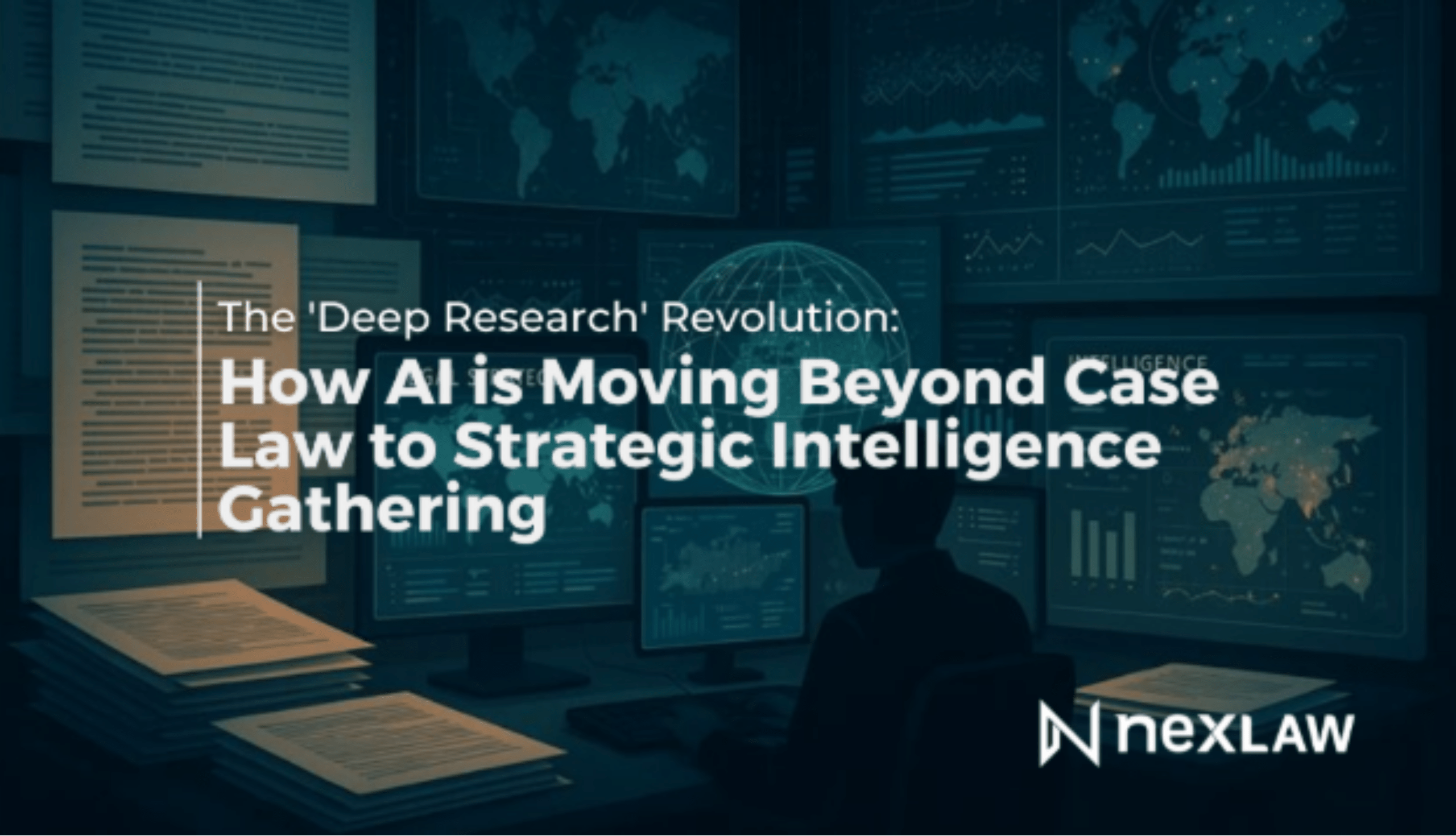
The 'Deep Research' Revolution: How AI is Moving Beyond Case Law to Strategic Intelligence Gathering
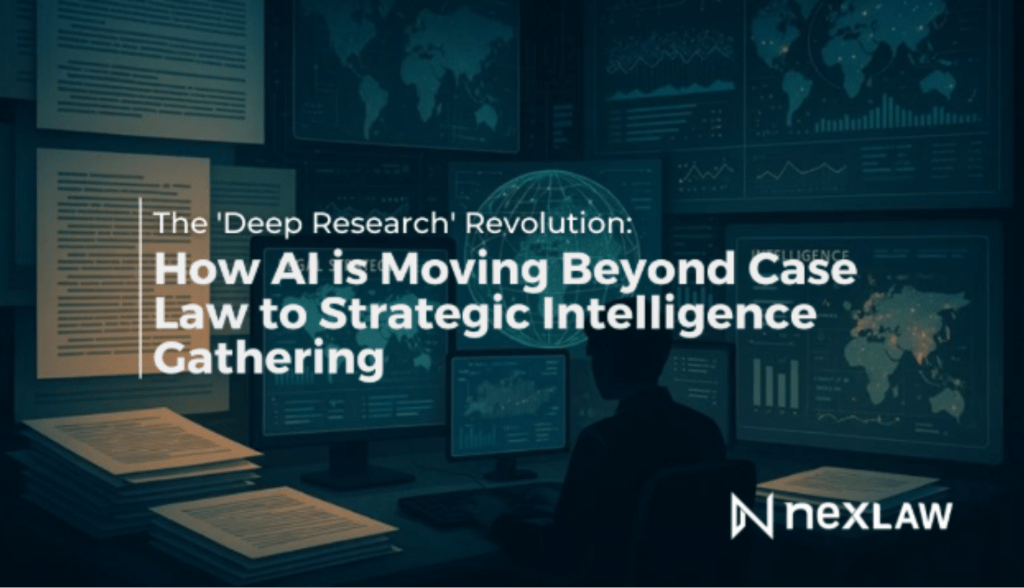
For generations, legal research in the U.S. has been a fundamentally reactive process. A lawyer identifies a legal issue, goes to a database and searches for relevant case law and statutes. It has been the digital equivalent of going to the library. But the latest trends in legal technology are signaling a profound paradigm shift. As AI tools become more powerful, deep research is evolving from a simple search-and-retrieval function into a proactive strategic intelligence gathering operation. The Future of Professionals Report notes that 42% of legal professionals want to spend more time on expertise-driven work; this shift is the key to unlocking that potential.
The Problem: The Limitations of a Siloed Research Approach
Traditional legal research, while essential, provides a very narrow slice of the information needed to win a complex case. It answers the question, “What is the law?” but often fails to answer the more critical strategic questions:
- What are the business vulnerabilities of my opponent?
- What is the professional history and publication record of their expert witness?
- What are the market trends and regulatory pressures affecting this dispute?
- What is the public sentiment surrounding this issue?
Answering these questions has traditionally required a fragmented and time-consuming process of searching separate databases, news archives and public records, with little ability to connect the dots.
The AI Advantage: Synthesizing Disparate Data into Actionable Intelligence
The revolution in legal AI lies in its ability to ingest, analyze, and synthesize vast amounts of data from disparate sources. A professional-grade AI Legal Assistant can act as a firm’s private intelligence analyst. A platform like NexLaw AI can:
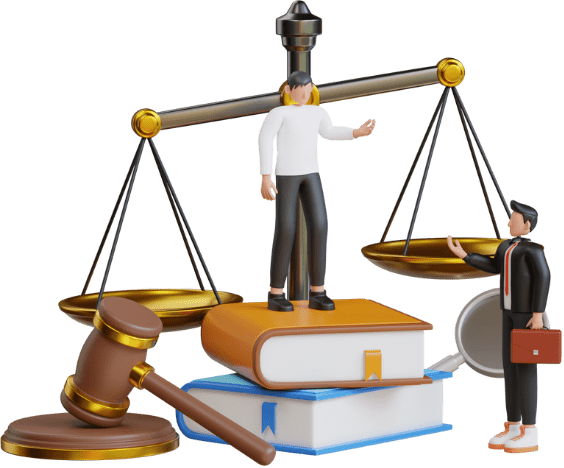
The AI can analyze a company’s SEC filings, annual reports and news coverage alongside the legal pleadings in a case.
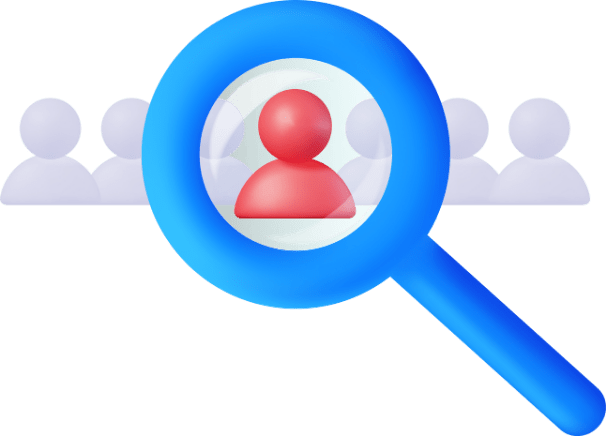
The AI can search public records, academic databases and professional directories to build a deep profile of an opposing party, counsel or expert witness.

The AI can be set to monitor news and regulatory updates related to a specific case or industry, providing real-time intelligence.
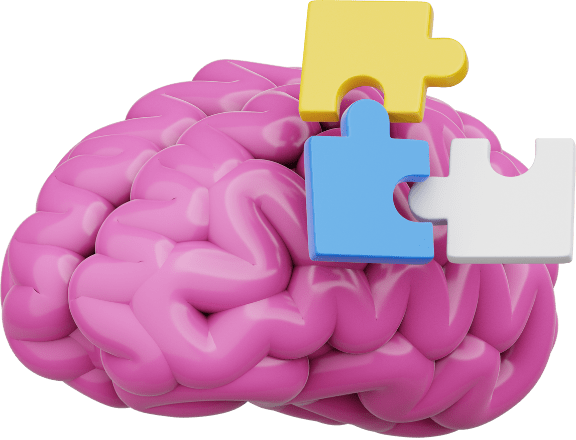
The AI’s greatest strength is its ability to connect these disparate data points, identifying patterns and insights that would be invisible when viewed in isolation.

Act now to transform your
practice and achieve your goals.
See NexLaw in Action
Start your free trial and kick off your legal AI journey with a personalized demo
*By submitting the form, you agree to the Terms of Service and Privacy Policy
A Step-by-Step Workflow for Strategic Intelligence Gathering
Let’s use a scenario where your firm is representing a client in a patent infringement lawsuit against a publicly-traded competitor.
Step 1: Define Your Intelligence Objectives
The first step is to move beyond a simple legal question and define your strategic intelligence needs. You might ask:
- What is the financial health of the defendant company, and are they under pressure from shareholders?
- Has their key technical expert ever published articles that contradict their current position?
- Are there any past product recalls or regulatory actions related to the technology in question?
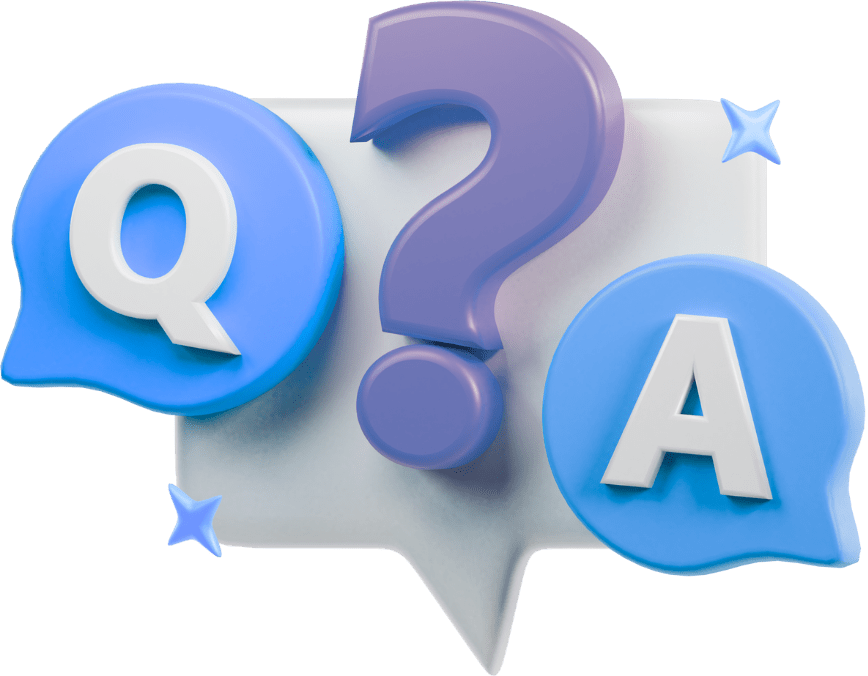
Step 2: Ingest Your Internal Case Data
Upload your own case files: the complaint, the patent-in-suit and initial discovery into NexLaw AI’s TrialPrep module. This provides the core context for the AI’s external research.
Step 3: Conduct an External Deep Research Sweep with NeXa
You use NeXa, the conversational AI assistant, to execute your intelligence-gathering plan. You can issue a series of prompts:
- “Analyze the last two years of SEC filings for [Defendant Company] and summarize any stated risks related to intellectual property litigation.”
- “Conduct a search of all academic and technical journals for articles authored by [Expert Witness Name] and flag any statements related to patent validity.”
- “Search news archives and FDA records for any product safety issues related to [Defendant’s Product].”

Step 4: Synthesize the Intelligence into a Strategic Report
The AI doesn’t just give you a list of links; it helps you synthesize the findings.
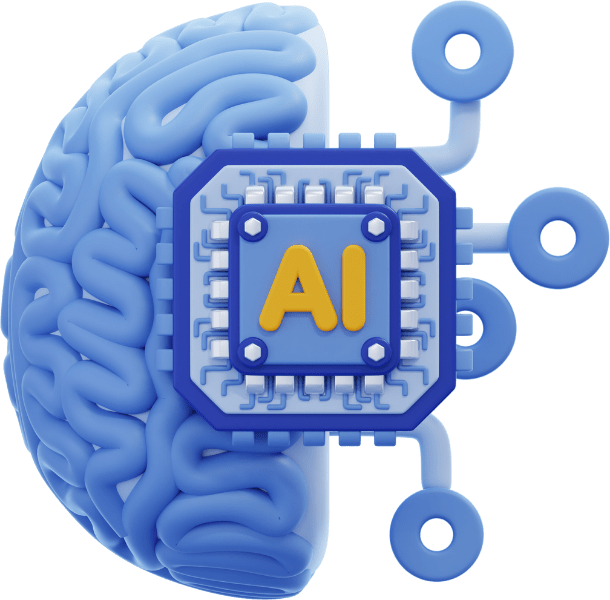
The platform creates a unified dashboard. It shows that the defendant’s latest 10-K filing warns shareholders about the high cost of litigation. It surfaces an article from five years ago where their expert argued for a broader interpretation of patent claims than he is now asserting. It also finds a minor product recall from three years ago that was not mentioned in discovery.

You now have a multi-dimensional picture of your opponent’s vulnerabilities. You know they are under financial pressure, their expert has a credibility problem and they have a history of related product issues. This intelligence is invaluable for shaping your deposition strategy, settlement negotiations and trial narrative.
Interested In Features Like This?
Receive complimentary access to our resources and a personalized live demo tailored to your needs.
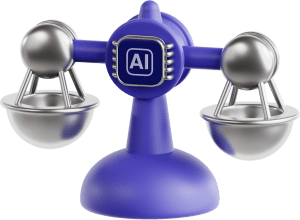
The Future of Legal Research is Strategic
The ability to find case law is now table stakes. The next frontier of competitive advantage lies in the ability to transform a wide array of information into actionable strategic intelligence. The law firms that embrace AI deep research will be better informed, more strategic and ultimately, more successful for their clients.
Ready to transform your research from a library function to an intelligence operation?
Book a Personalized Demo to see the strategic intelligence capabilities of NexLaw AI.
Explore Our Plans and gain a decisive informational advantage in your practice.

